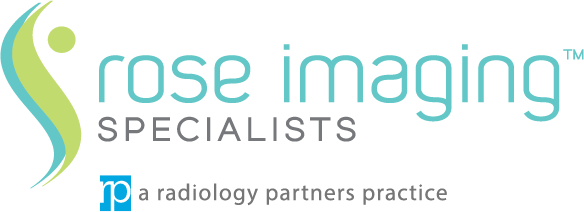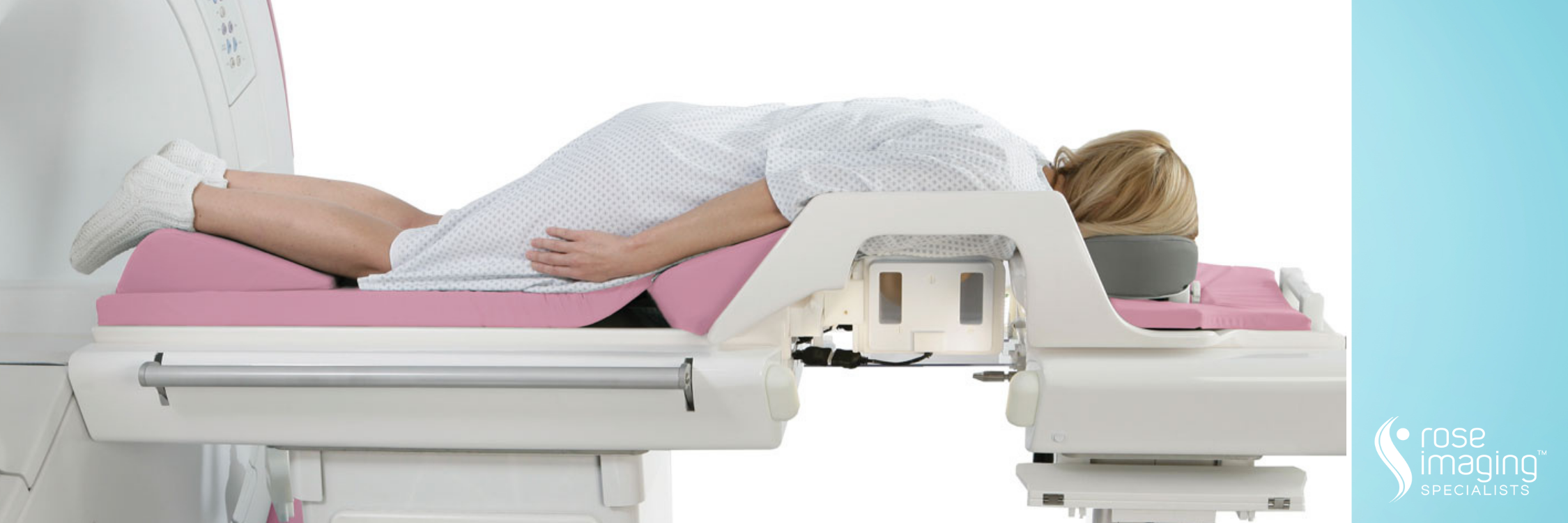BEFORE YOUR MRI-GUIDED BREAST BIOPSY
Prior to a needle biopsy, you should report to your doctor all medications that you are taking, including herbal supplements, and if you have any allergies, especially to anesthesia. Your physician will advise you to stop taking aspirin or a blood thinner three days before your procedure.
Guidelines about eating and drinking before an MRI exam vary with the specific exam and also with the facility. For some types of exams, you will be asked to fast for 8-12 hours. Unless you are told otherwise, you may follow your regular daily routine and take medications as usual.
In order to reduce the risk of bleeding during the procedure, we recommend that patients not take any aspirin or ibuprofen product (such as Advil or Motrin) for five days prior to the procedure. If you are on prescription blood thinning medication such as Coumadin, our staff can assist you in consulting your physician prior to scheduling this exam.
The radiologist should also know if you have any serious health problems or if you have recently had surgery. Some conditions, such as severe kidney disease may prevent you from being given contrast material for an MRI. If there is a history of kidney disease, it may be necessary to perform a blood test to determine whether the kidneys are functioning adequately. You may want to have a relative or friend accompany you and drive you home afterward. This is recommended if you have been sedated.
Please notify our scheduling department and technologists if you believe you may be pregnant. MRI has been used for scanning patients since the 1980’s with no reports of any ill effects on pregnant women or their babies. However, because the baby will be in a strong magnetic field, pregnant women should not have this exam unless the potential benefit from the MRI is assumed to outweigh the potential risks.

